Top 9 product design companies to work with in 2025
Not all product design agencies are built the same, and your project deserves the right fit. Some studios excel at enterprise systems, others at AI products, and a few at nonprofit initiatives. In this post, we break down nine leading product design agencies and show which is best suited for which client type or need, so you can make an informed choice faster.
1 – UX studio
The best product design company for deep collaboration
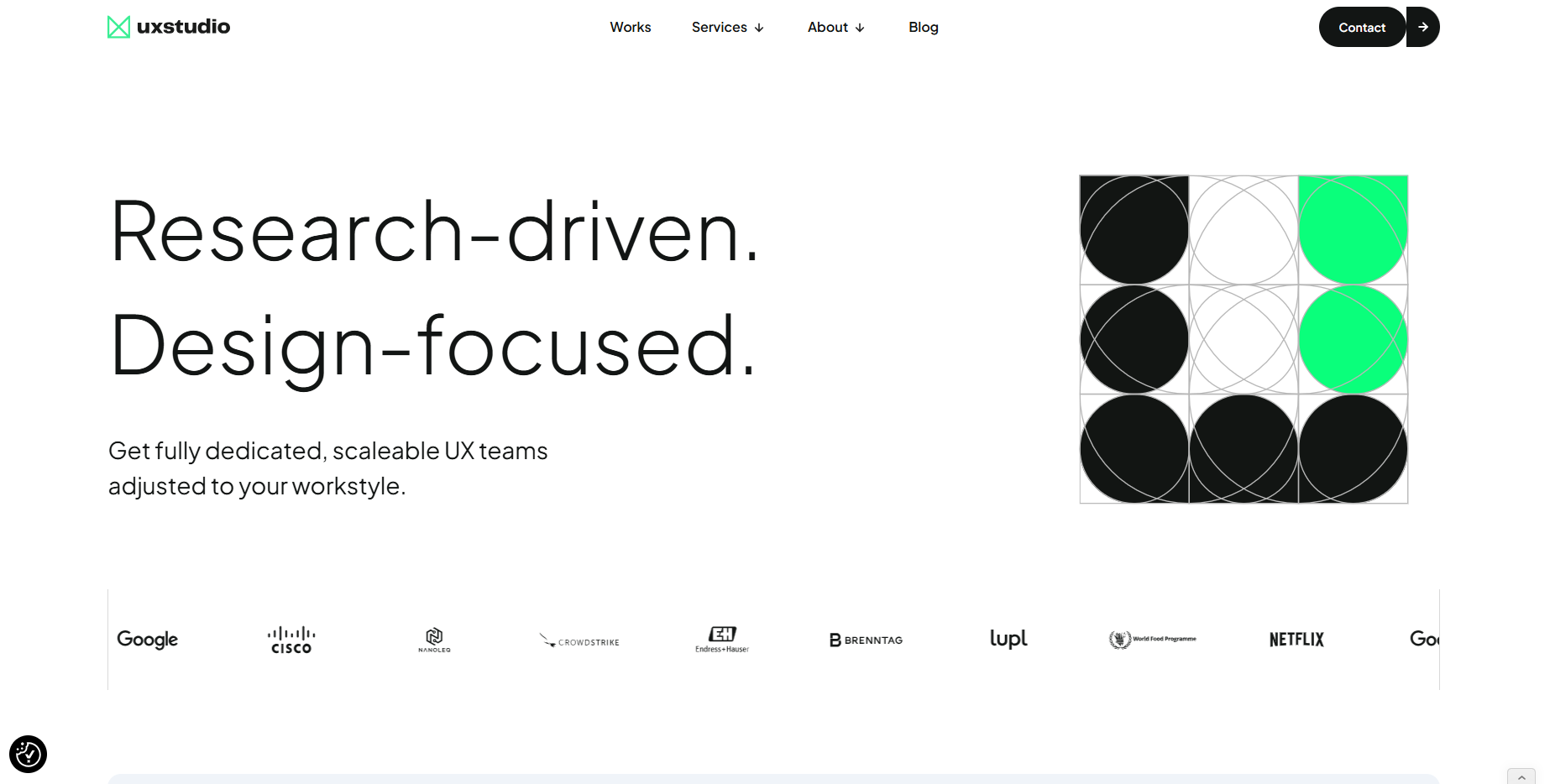
When you work with UX studio, you’ll have a product design partner who truly understands your product and your users. They specialize in B2B SaaS and complex digital systems, using in-depth research to uncover real problems before solving them through thoughtful design.
They offer embedded teams to work with you in-house, integrating into your company with a singular focus on your project. Expect clear communication, measurable outcomes, and design that moves your business forward. Their flexibility and reasonable Eastern-European prices make them a perfect fit for long-term collaborations.
Need a partner, not just an agency?
- Check out case studies
- Get in touch with UX studio
2 – Aras™ Digital Products
The best product design company for innovation

You bring the vision, and Aras™ Digital Products brings the technology and creative expertise to make it real.
Aras is a collective of software and data specialists who thrive on challenge. Every project starts with bold ideas and ends with even bolder solutions, whether that means smarter systems boosted by AI, seamless user experiences, or groundbreaking digital platforms.
Their guiding principle, #makeitbetter, keeps them innovating thoughtfully and delivering solutions that stand the test of time.
3 – Wandr Studio
The best product design company for compliance.
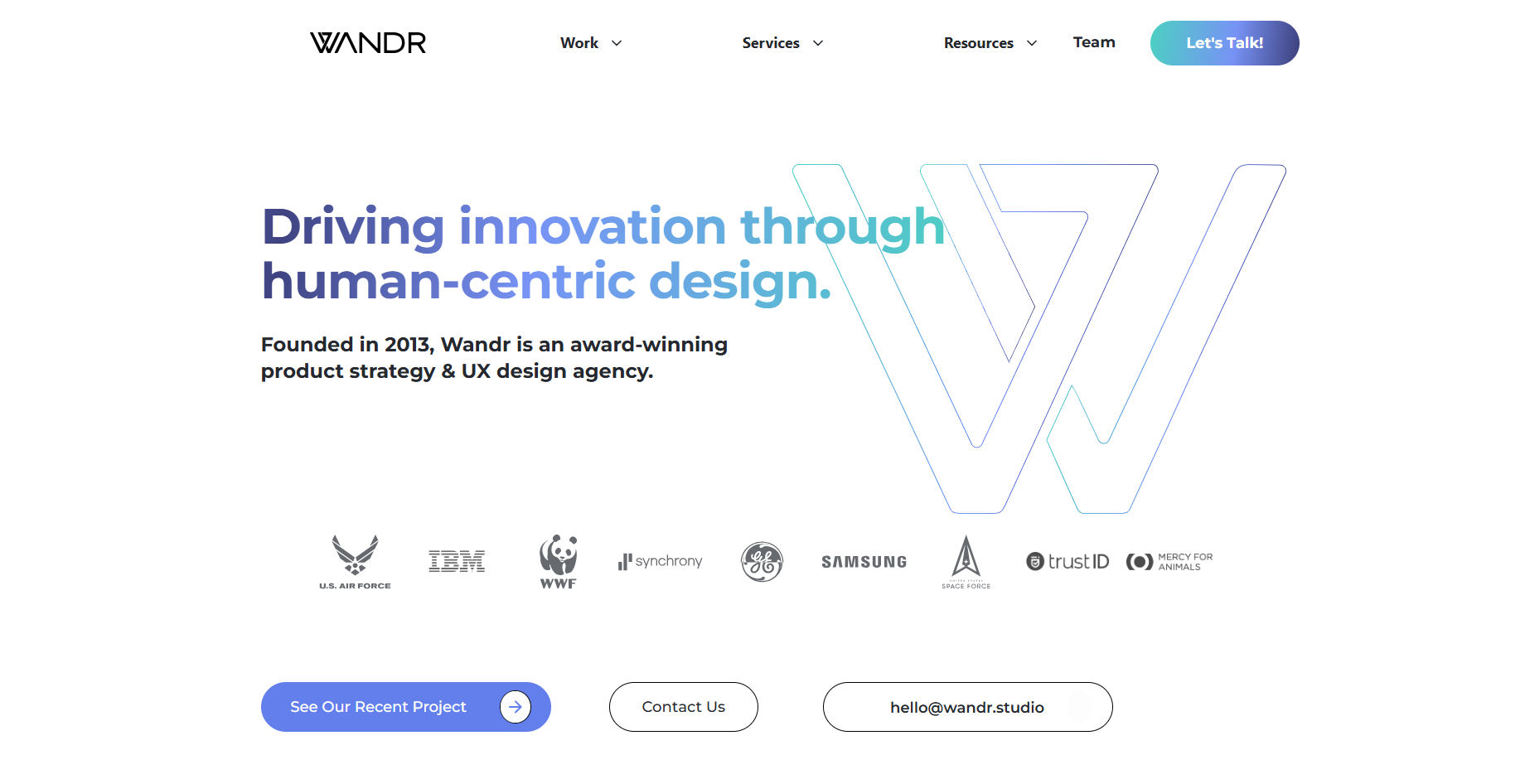
You don’t have to compromise between speed and compliance: Wandr delivers both.
You’ll benefit from their expertise in security-sensitive industries, where compliance and legal requirements often slow down product design projects. They've streamlined approvals so your team can start quickly, saving time while staying fully compliant.
From strategy and research to design and implementation, theyhelp turn your product idea into fast-to-market solutions.
4 – Beyond
The best product design company for meeting marketing goals
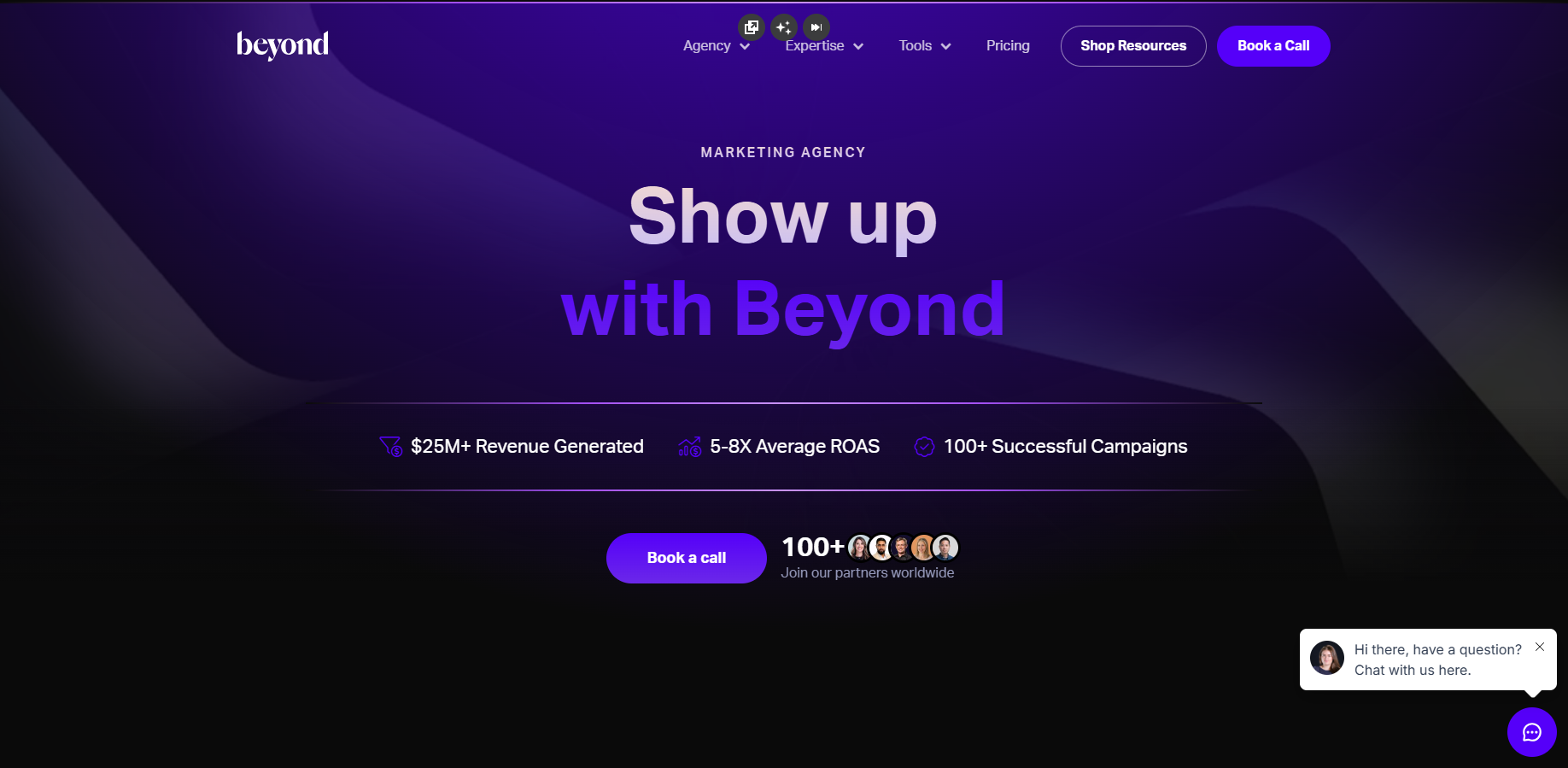
At Beyond Agency, you get more than a product design team: you get a growth partner.
Beyond's main expertise is marketing, so they can not only help you design and launch websites, or digital products, but create marketing campaigns that put your product on the map.
You’ll enjoy the benefits of proven systems, decades of experience, and a globally distributed team that’s delivered hundreds of successful campaigns. Boost your ROAS with Beyond.
5 – Think
Best product design company for enterprise clients
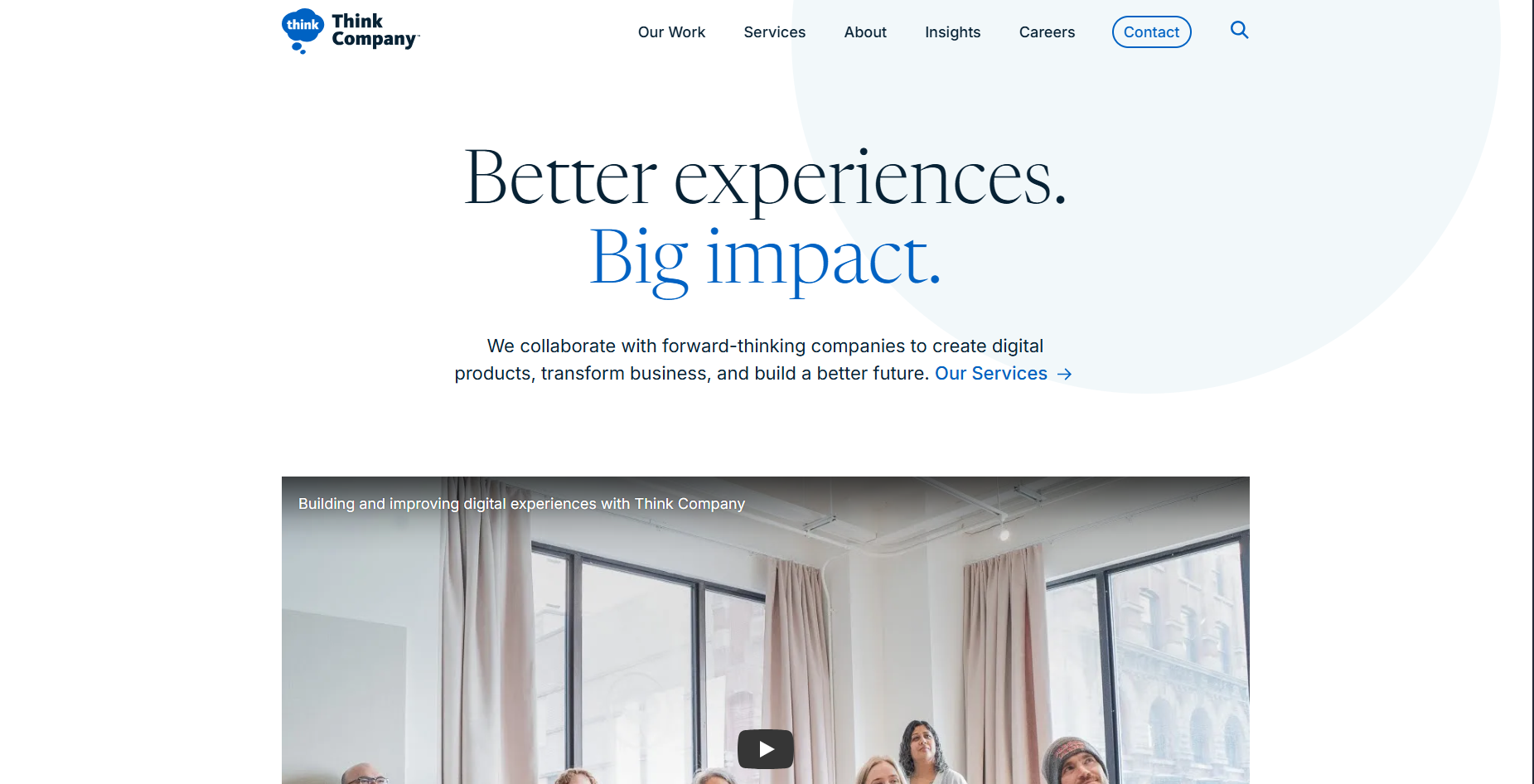
Think Company has an exclusive focus on enterprise organizations, from Fortune 500s to ambitious firms.
You’ll get support improving internal, homegrown systems or implementing large-scale enterprise applications, all while navigating regulatory and compliance constraints.
With expertise in design systems, accessibility, and technology consulting, they ensure your solutions are user-centered, compliant, and maintainable, giving your team confidence and a smoother path to success.
6 – Ustwo
Best product design company for starting out

At ustwo, you get a product design companywho helps you move from idea to launch with confidence.
You’ll work with a team that discovers the right problems, rapidly validates concepts, and pilots solutions through a make, test, learn approach.
When it comes to creating your MVP, they focus on picking the highest-value features, iterating quickly, and building experiences that'll set your product on a path to become a category leader.
7 – Lazarev
Best product design company for AI ventures
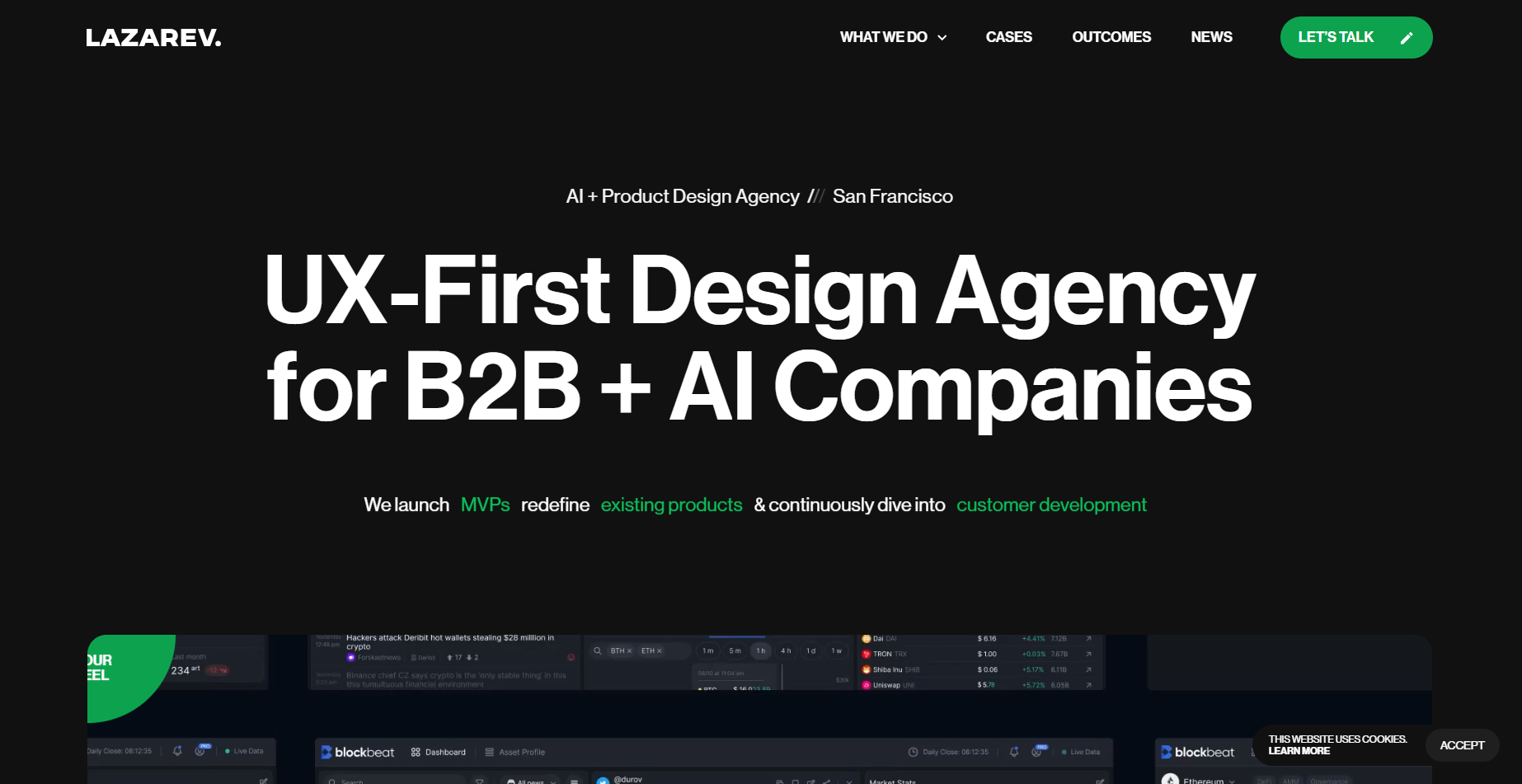
You want your AI product to deliver real value to users? Then leave product design to Lazarev.
They design UX/UI for AI platforms that helps users explore, analyze, and act on complex information quickly, whether it’s a financial dashboard, news portal, or legal tool.
By integrating AI thoughtfully into your product, they ensure your users get meaningful assistance, intuitive guidance, and efficient workflows while helping your business scale confidently.
8 – Capellic
Best for non-profits
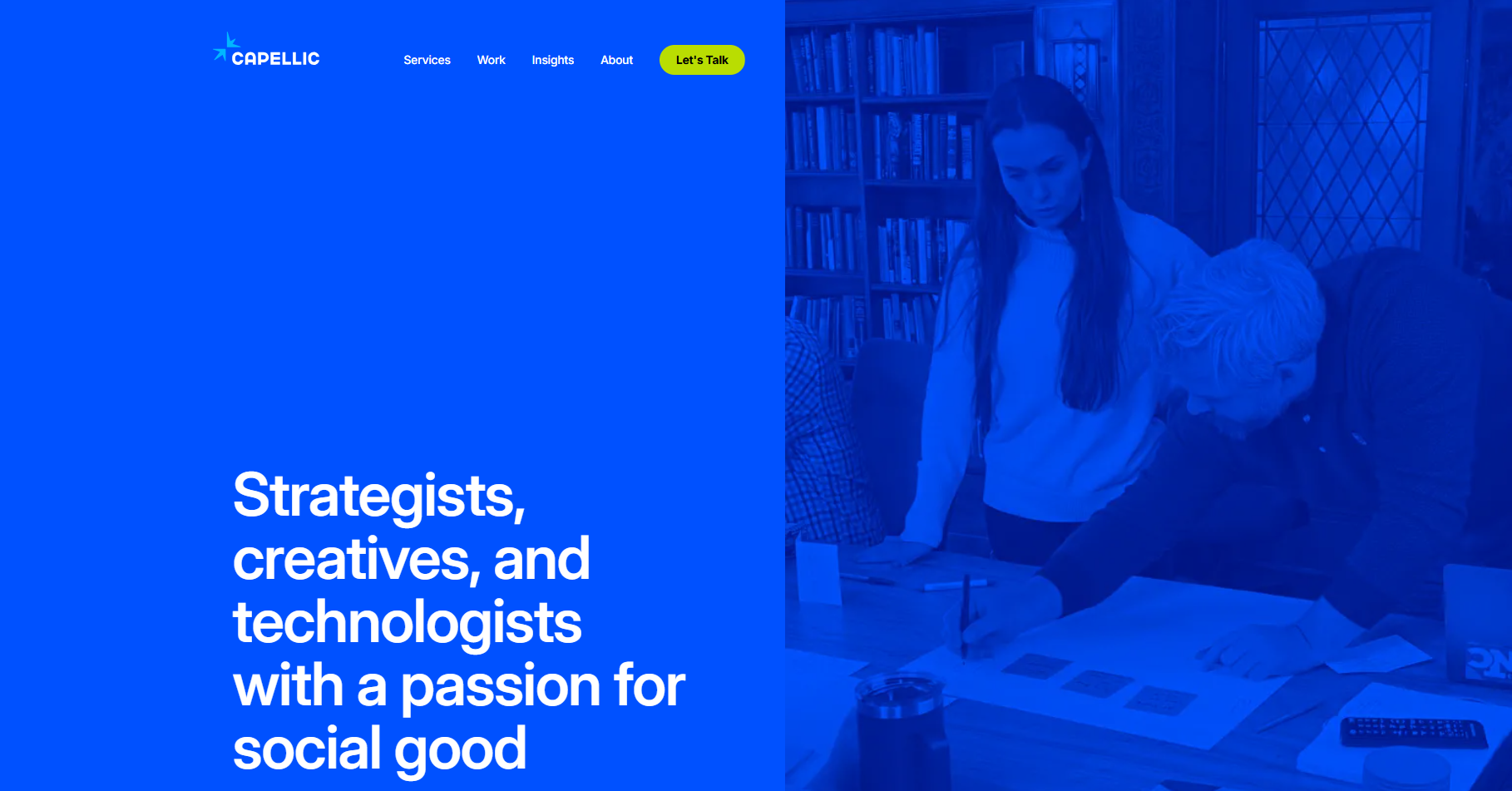
At Capellic, you’ll work with a team that has dedicated itself exclusively to nonprofits and government agencies since 2012.
They can help you develop digital strategies, design accessible experiences, and augment your teams so your organization can create meaningful impact.
With a focus on integrity, excellence, and social good, they ensure your digital products reach the people who need them most, efficiently and inclusively.
9 – Fuzzy Math
Best product design studio for consultancy

Whether you’re leading product management or IT strategy, Fuzzy Math helps you tackle pivotal moments, like addressing customer dissatisfaction, modernizing complex software, or improving adoption of critical business applications. With their UX Transformation System™, this consultancy can guide you through discovery, design, delivery, and long-term refinement, focused on elevating your products.
From one-week workshops to full-scale enterprise UX transformations, Fuzzy Math brings clarity, data-driven insights, and actionable solutions to every stage of your product journey.
Comparison table

What is a product design agency (and what do they actually do)?
Product design agencies design digital products with special attention to usability and marketability. As this suggests, product design is often used synonymously with UX design, as top UX design agencies focus on business strategy, beyond usability.
“Product design is all about people and their pains and their needs,” UX studio CEO, David Pasztor, shared. “The most important goal of any company is to find a product or service that people want.”
The distinction between UX design and product design can become more apparent when looking at the product development cycle. Typically, product designers prepare products for launch and work with researchers on go-to-market strategies. They design prototypes, MVPs or fully functional products. On the other hand, UX designers can join the product development cycle at any stage.

When to hire a product design agency?
Product design is a huge undertaking. While assembling a few wunderkids from Upwork has its charm, you’ll probably need a dedicated team of seasoned professionals.
When you hire a product design company, you get access to experts who’re exceptionally trained, well-vetted, and have worked with a number of clients like you. They can serve as trusted partners in the following stages.
1. When you’re still ideating
Because product design cannot start early enough–and expert insight can help you move from assumptions to data faster.
Market research by a product design agency provides you with broad insights on user attitudes based on quantitative methods and large sample sizes. Market researchers use methods such as surveys, focus groups, competitor analysis, price studies, and conjoint analysis.
You can get estimates on:
- possible market size,
- trends,
- your competition,
- pricing,
- and segmentation
Market research can also be done by marketing agencies, but when it’s conducted by product design agencies, the focus will already be on turning insights into a functionable and profitable product, so you’re less likely to face feasibility issues.
2. When you’re researching your product idea
This is the phase where you take the broad insights generated by market research, and turn them into specifics with the help of UX research.
You may think that UX research is mainly for usability testing, and thus need a functioning prototype or existing product to test; but agencies like UX studio can offer far more, including persona creation, concept validation and interviews with your target audience
UX research focuses on problems users face, and how they solve them. UX researchers mainly use qualitative methods for understanding user needs, behaviors, and motivations.
Besides collecting data, product design agencies with UX research capabilities also analyze them, defining user pain points and offering actionable insights.
You’ll get data on:
- what users want to achieve;
- how they currently do it;
- what problems they face along the way;
- and what motivates them to keep going.
Solving these problems and offering better solutions than your competitors do (or maybe even an entirely new solution) will successfully position your product.
Having conducted marker research and UX research, you now have a solid understanding of what’s viable on the market, and what’s desirable to users.

3. When you’re trying to prioritize what to build
When you already have all the data you need to start, you still need to figure out what you should start with.
Product design companies can help you set up a roadmap, define your business goals and translate them to metrics, priorities and feature sets.
“We recommend using feature prioritization methods that mainly use internal team efforts for quick decision making,” UX studio lead Barbara Bicskei says. “It’s important to run evaluative research with your product concept regularly and use those signals to shape your product.”
At an early stage, we love to use the following feature prioritization frameworks:
- User journey mapping, which focuses on designing flows instead of screens
- QFD (Quality Function Deployment) uses a scoring system to prioritize features that solve more than one problem to as large a segment as possible
- MoSCoW, aka categorizing features as Must-have, Should-have, Could-have and Won’t-have.
- Lean prioritization, where the team places features on a matrix like effort vs impact, or value vs risk.
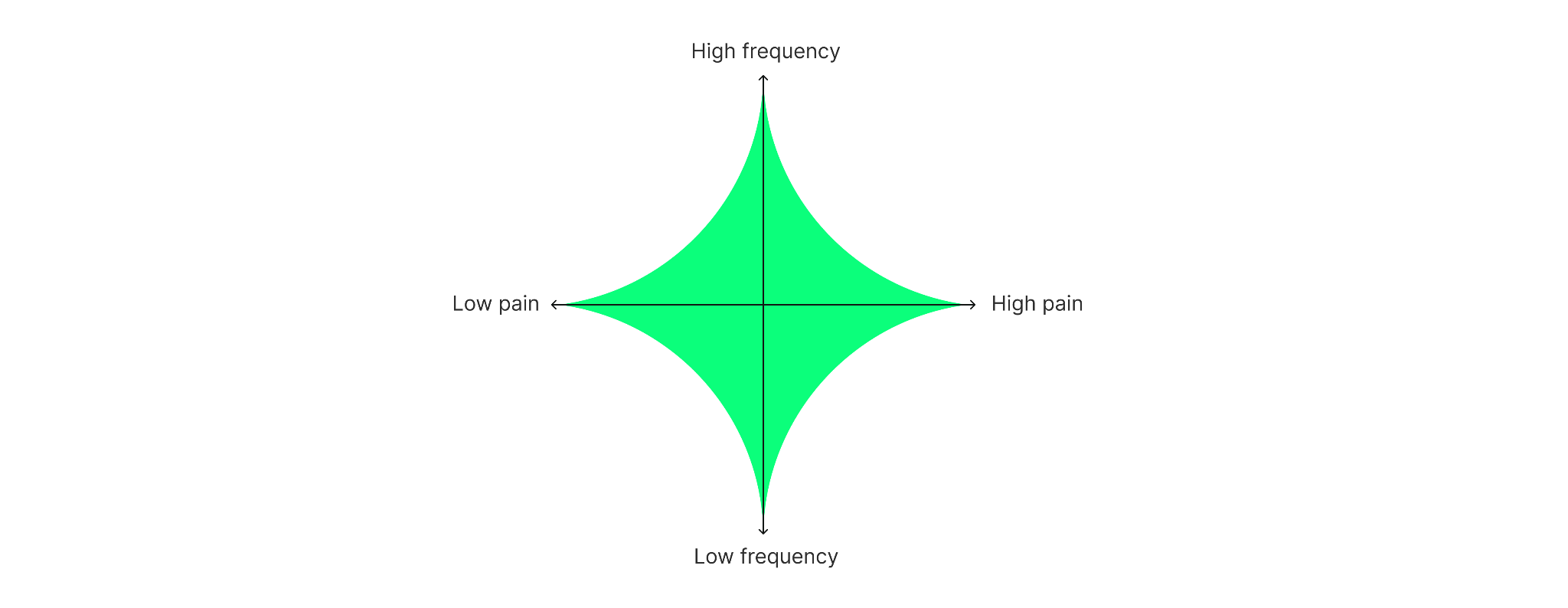
4. When you’re designing
You can loop in a product design agency to help your team launch a brand new product, a new feature set or a redesign. Even if you have an internal product design team, external help can be invaluable in this intense and fast-paced stage.
During this phase, product designers:
- Continuously test design solutions, preferably with the help of trained researchers
- Iterate based on test results
This iterative process gives your product a soft place to fall, as mistakes and opportunities can be spotted early without losing users or gaining negative reviews.

What does it cost to hire a product design agency?
The hourly rates of the top product design companies on our list vary wildly, from $50 to $200. This is not in direct correlation with quality, and has more to do with the agency’s location. Let’s see what you can expect.
Location based agency pricing
- Central / Eastern Europe: €45–60 / hr
- Western Europe: €70–150 / hr
- Europe — Premium agencies: €230–450 / hr
- US — Small cities: $50–150 / hr
- US — major cities: $75–200 / hr
- US — Premium agencies: $200–500 / hr
Of course, pricing will depend on the size, complexity and length of your project. Don’t compromise on these to cut costs: to save money, you should plan in design cycles, and negotiate the pricing model that best fits your company.
Common agency pricing models
- Time-based pricing, like hourly rates, can make calculations easier, because it’s comparable to salaries: you’re paying for an employee’s time.
- Fixed-price pricing offers less flexibility but more predictability, and it’s ideal for smaller projects.
- Retainers / value-based pricing is best for long-term collaborations with a trusted partner. You pay for ongoing support tied to outcomes.
Product design trends to look out for in 2026
Product design in 2026 is defined by user-first AI, sustainability, and adaptability.
AI-augmented design
“AI is a powerful technology and it can bring a lot of value to users,” says Laura Sima, UX researcher at UX studio. “However, as with each new technology, there's an initial stage when the technological development takes over, preceding any considerations about how to create a good user experience.”
When selecting a product design agency to hire, ask how they use AI. They should have a solid strategy and deep understanding of the technology. At UX studio, we collected 10 AI UX principles we swear by:
1. Identify a real user need
2. Scope the AI into smaller bites
3. Set clear expectations for what the AI can and cannot do
4. Collect the right data transparently and responsibly
5. Tell users how it works - whenever possible
6. Proactively manage errors
7. Give the user control
8. Use clear and simple language
9. Collect user feedback
10. Make it safe & easy to try
Make sure that your selected agency uses AI responsibly and ethically, with a user-first mindset.
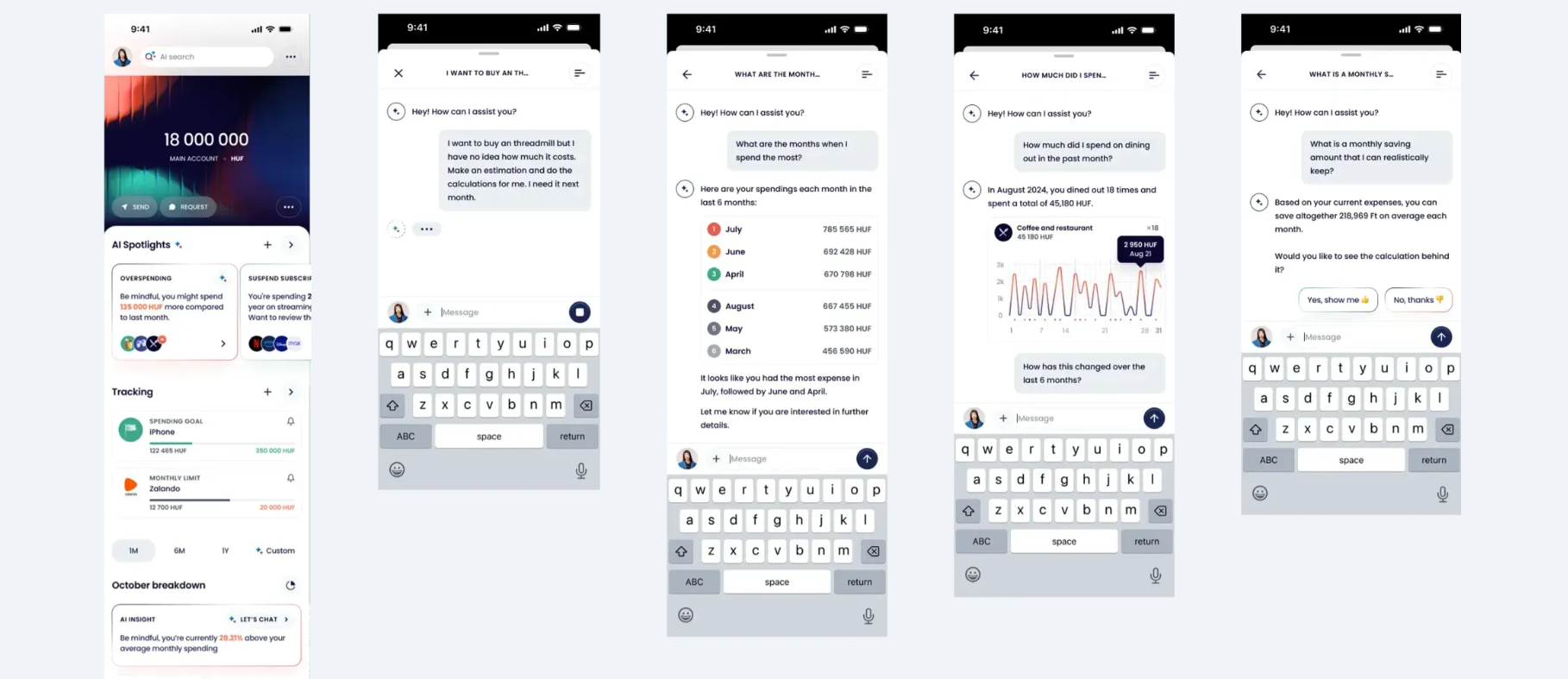
Sustainable product design
Digital waste is still waste. Product design agencies can respond to sustainability initiatives by designing products with a longer lifecycle.This often translates to optimizing performance and accessibility.
Product design teams should play a key role in identifying where sustainable innovation aligns with business growth. Agustin Diaz, a UX designer at UX studio, collected actionable steps to reduce the carbon footprint of product design, such as:
- Switching to a green host
- Size budgeting
- Offering environmentally-friendly options to users
When you select a product design agency to work with, make sure that their ethics, including their commitment to sustainability, matches that of your company’s.
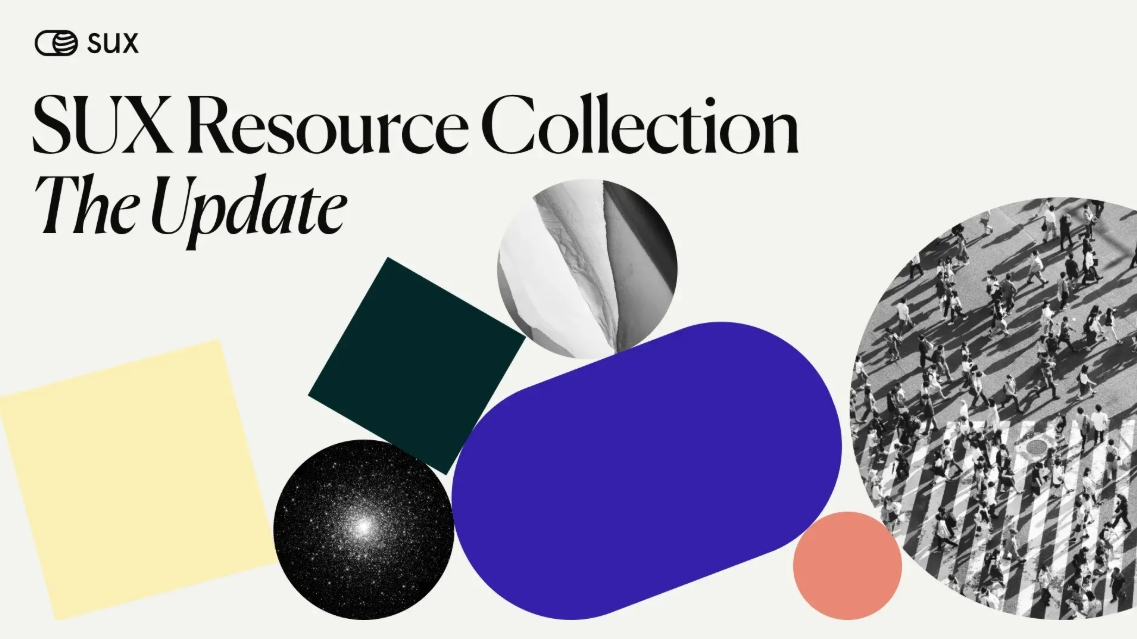
Data-driven personalization
The next generation of digital products is context-aware and self-adjusting, from adaptive dashboards that surface the most relevant information to interfaces that anticipate needs based on previous interactions.
This requires a design approach that’s rooted in real user behavior with privacy-respecting data practices.
When reviewing your selected product design agency’s portfolio, take a critical look at how they approach personalization, and where do they get the data.
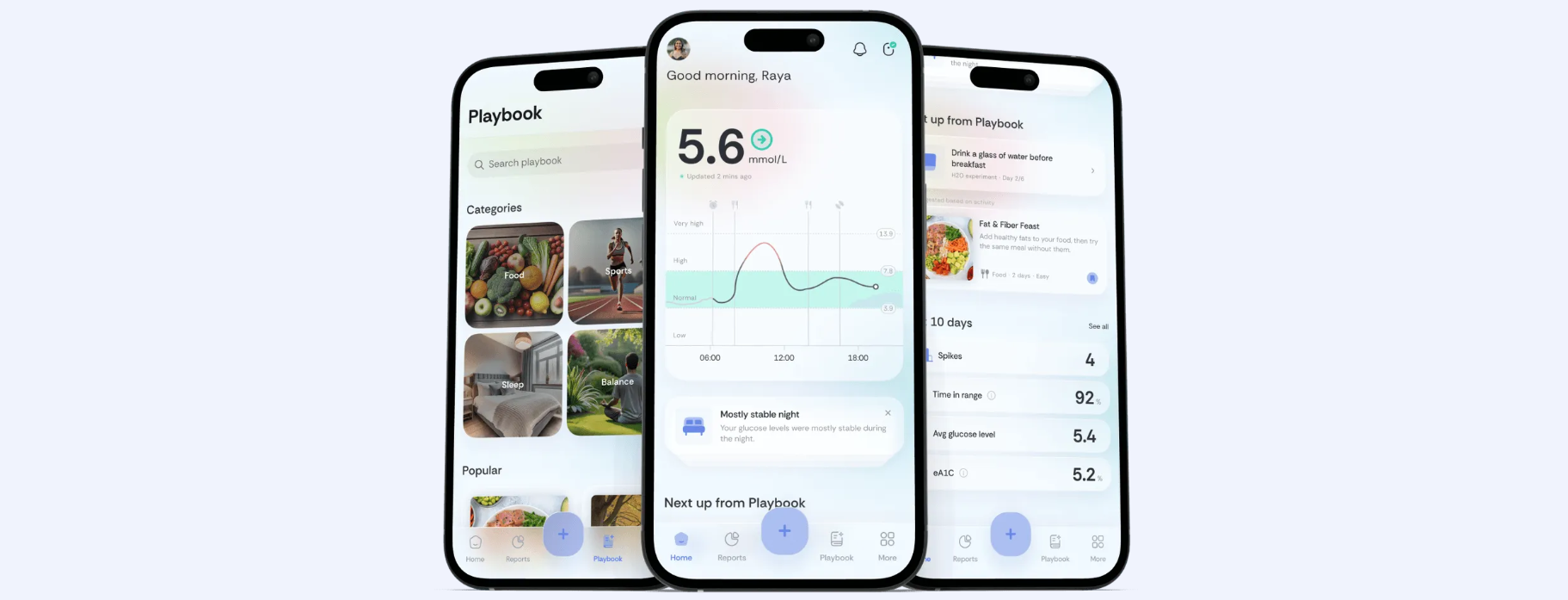
Want to go even deeper?
How to choose the right product design agency
Our curated list of the top 9 product design agencies in 2026 focused on common business needs and expectations. To help you do your own research, let’s see 5 additional aspects to consider.
1. Industry experience
Experience within your industry is valuable, but only if it doesn’t result in cookie-cutter solutions. Carefully review their portfolio and see if their designs reflect on the client’s unique brand, target audience, and market positioning.
Don’t just focus on your own industry, either. Cross-industry experience may be even more useful to you. For example, a team that’s worked with both fintech and healthcare products likely knows how to balance compliance with usability.
2. Collaboration style and communication fit
Design partnerships succeed when there’s alignment in how teams think and communicate. To have a successful partnership, you need a product design agency that picks up your rhythm and adjusts to your workstyle.
You can typically aspect two approaches:
- The ‘leave-it-to-the-pros’ approach is usually adapted by premium design agencies. After the initial consultation, you can expect a few design reviews, then you get high-polish deliverables.
Your role is basically to brief the agency, then vote on solutions with a couple of pointers. It’s a good fit if you don’t want to be heavily involved in the design process due to time constraints or other pressing priorities. - The partnership approach is adapted by a number of top product design agencies, notably agencies who offer embedded designers. Their aim is to become a true extension of your team, so they’re in direct contact with you, have meetings and workshops regularly, and not only update you frequently, but actively involve you in the process.
They rely on your expertise and input to shape the design, and share the data and strategy behind design decisions. You may even find yourself participating in user interviews!
The difference is striking, so pay attention to how your selected team structures collaboration: Do they invite your input at key milestones? Is the suggested process a good fit for you? Are they transparent about trade-offs? Strong communication rhythm often predicts long-term success more than a portfolio.

3. Flexible process
Every agency claims to have a process, but the difference lies in how visible and measurable that process is. A transparent agency will show you what happens at each stage: from research and ideation to prototyping, testing, and handover.
Promises of tried-and-tested methods are great, but it’s also important that the agency is flexible enough to adjust their method to each new client.
Ask for examples of deliverables from past projects: discovery reports, user journey maps, prototypes, or design systems. This not only reveals their depth of work but also how they measure outcomes. The best teams document decisions and share reasoning openly, helping you trace how insights evolve into design.
4. Research depth
Design without research is guesswork. A reliable agency should demonstrate how they uncover user needs, test hypotheses, and validate solutions before launch. Look for a clear UX research framework.
If an agency skips or minimizes research, you risk investing in assumptions. In contrast, teams that anchor design decisions in evidence create products that scale better and require fewer costly redesigns later.
Many agencies don’t have dedicated research teams, but still sell research done by designers. Be aware that while standard, this is a compromise. While a person wearing multiple hats saves costs in the short term, you won’t get the same quality, and the process will either be slower or more superficial than if you had a designer and a researcher work in tandem.
5. Timeline and cost clarity
The right partner should clearly outline scope, timeline, and dependencies, explaining what’s included (and what’s not).
Be wary of vague estimates or promises of “speed.” Product design takes time, iteration, and validation. A professional agency will help you prioritize deliverables, phase complex projects, and find efficiencies without compromising quality.
Clarity in planning protects both sides: it ensures you know what success looks like before work begins.
Why clients partner with us
UX studio is a UX/UI research and product design agency specializing in B2B vertical SaaS. With 10+ years of experience and our own digital product line, we really know what it takes to build intuitive platforms.
Our clients choose us for our flexibility, deep industry knowledge and ability to plug into product teams like an extension of their own.
Need a partner, not just an agency?
- Check out our case studies
- Get in touch with us



